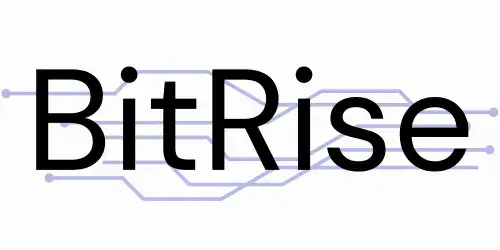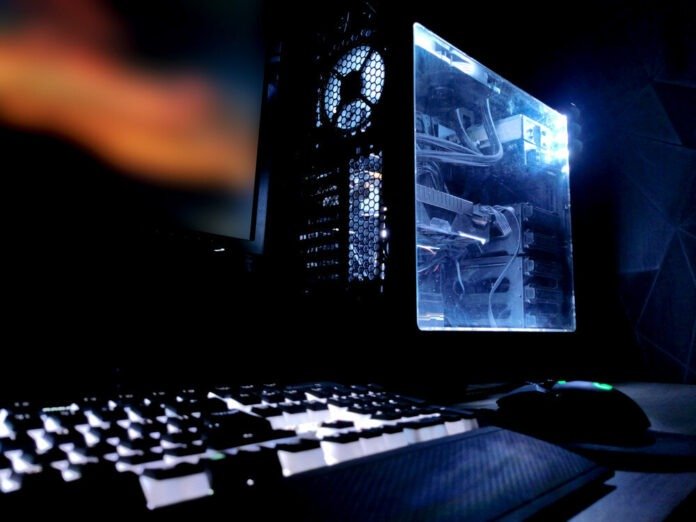
There are various sizes of computer cases, each with their advantages, disadvantages and various configuration possibilities. Depending on its use, your computer will need to be more or less large to accommodate the components you will need. Overview of the different sizes available to configure your configuration and know how to choose the size of your computer.
And Brebon – Mini PCs

Barebone is ideal if you want to have one Mini PC, a type of case that has become widespread among computer manufacturers since 2010. It is characterized by being the base of a desktop computer or even a laptop. Indeed, in most cases it has by default a power supply and a motherboard with slots for USB ports and headphone jacks. Barebone is therefore a starter kit to create a configuration. It is associated with a specific brand like MSI or Asus because all the pre-installed components depend on each other.
Unlike a full Mini PC, if you want to get a Barebone, consider the fact that everything accessories not included. Therefore, you should fill in the missing details when purchasing and make sure they are compatible. The big advantage of barebones is that they are a good compromise between a computer already assembled and a computer to be assembled. You can start with a good base recommended by the manufacturers while adding or improving according to your needs.
They are just as compact as the mini-towers, or even more so because they average between 10 and 20 cm tall. These are Perfect computers for office use.
The Mini case ITX

The mini tower is a favorite choice for those who want a compact and functional PC without spending a lot. Although useful for integration into most installations, whether in a living room or a small office, the mini-tower is however limited in the maximum power of the components it can accommodate.
Due to its reduced size, height between 30 and 40 cm, the mini ITX case cannot be installed with large components. The vast majority of mini towers are single compatible with mini-ITX motherboards, although some cases support micro-ATX. Additionally, a large graphics card will not always fit due to lack of space, but generally most of them will be able to be installed up to 350mm in length.
If you want to have a lot of storage, a mini ITX case probably won’t suit your needs. A box of this size will generally have 2 slots and very rarely more than 3.
Due to its small size, the mini tower is generally very unobtrusive to the eyes and ears. Indeed, since its components are not powerful and its use is not for AAA video games in ultra HD, its function will remain silent. However, be careful ventilate your case well thanks to efficient air circulation or a water cooling system if it can be installed.
For those looking for a PC this size, check out ours comparison of the best mini ITX cases.
The middle tower (ATX)
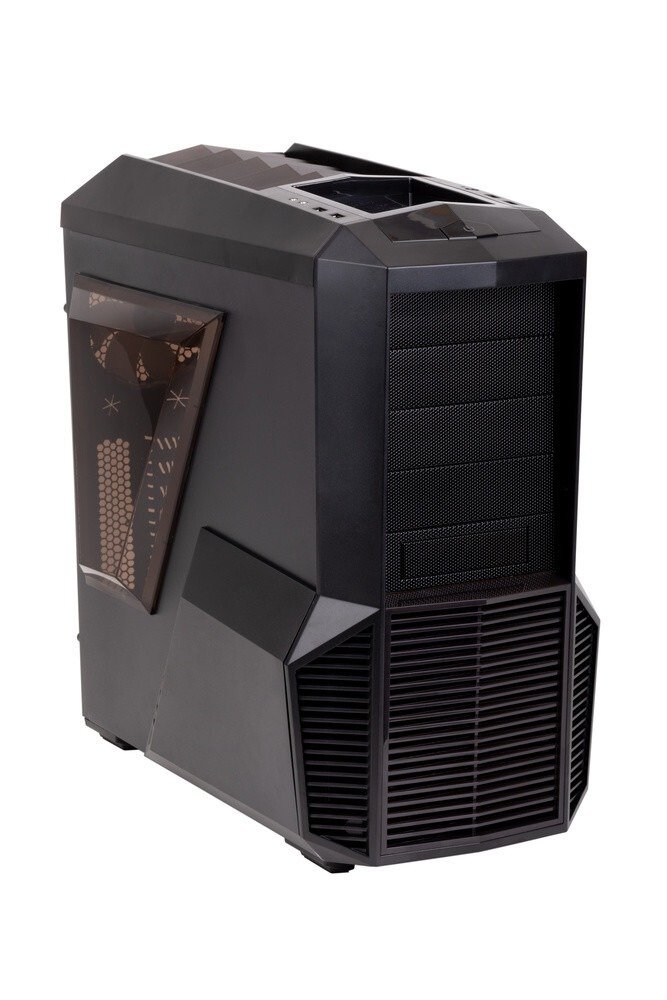
It is the perfect compromise between size and power. The mid-tower allows you to have more freedom in choosing your components, which will be 90%, even 95% compatible. Only E-ATX or XL-ATX motherboards may not be able to be installed in your case. However, the possibilities are already significant and sufficient to build a competitive gaming PC.
Motherboards in ATX format (305 x 244 mm) will allow you a much larger increase in power compared to mini-ITX (170 x 170 mm) and micro-ATX (244 x 244 mm) formats.
Therefore, you will be able to design a computer without real component compatibility restrictions and thus create your configuration according to your needs. Moreover, the latter will be more scalable in the future and easy assembly of components with the best accessibility of sites.
You can add multiple hard drives to store your Windows or Linux operating system on SSDs for fast processing speed, and your data, games and other programs on hard drives with a larger storage limit.
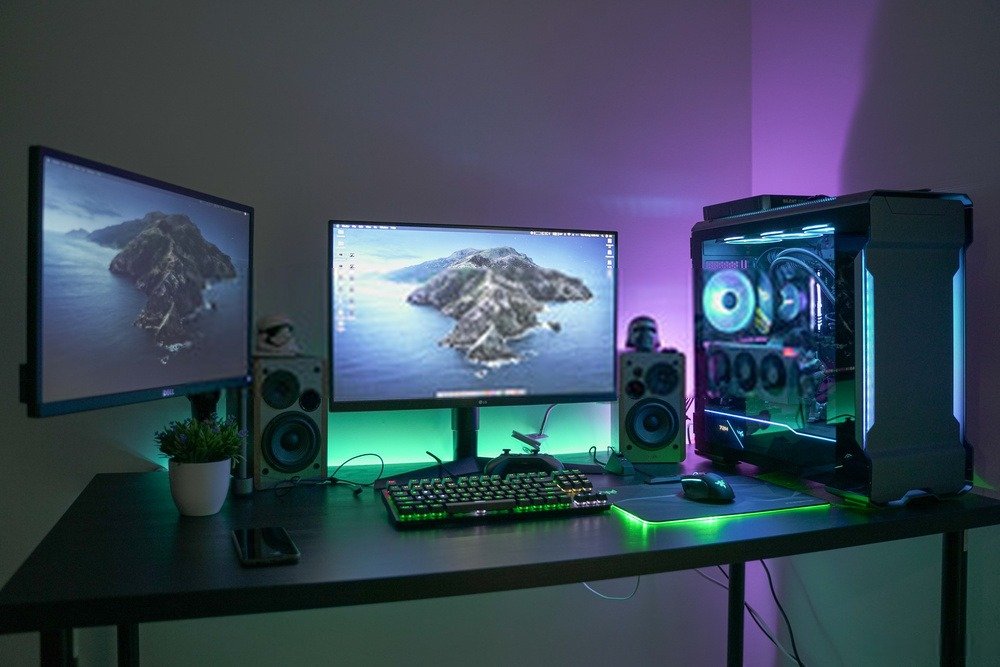
When it comes to cooling your computer, remember to properly install your fans and heatsinks to create optimized air circulation. Unlike mini-towers, mid-sized cases (between 35 and 45 cm high) can certainly accommodate more powerful and numerous components, but they run the risk of heating up more inside your computer. You should therefore facilitate the flow of air and if possible install water cooling system connected to your graphics card or motherboard.
The big tower (ATX)
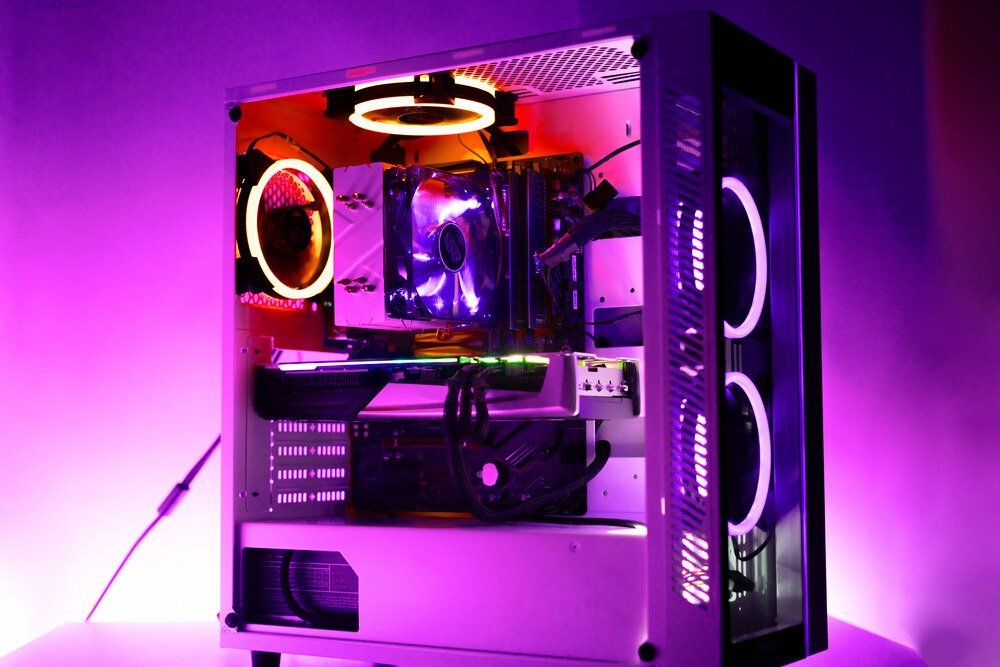
If you have a big budget and enough space, you can build your dream PC with a tall tower. This type of case allows for almost unlimited possibilities, supporting all components and sometimes being in position accommodate multiple graphics cards.
Obviously not recommended for all profiles because the purpose of the big tower is to take advantage of its available internal space to make a real war machine. However, it is perfect for a PC Gaming extremely performance allowing you to run all games in UHDprovided of course that you equip yourself with the appropriate components.
A more powerful configuration also means higher power consumption and the need for mandatory efficient cooling. Take advantage of the space to organize your settings in the best possible way with one well thought out cable management to facilitate the entry of cold air and the discharge of warm air.
Use the numerous ventilation outlets and fan positions to make your work easier. A liquid cooling system is highly recommended to reduce the temperature of your powerful graphics card or other components that might get too hot.
After this overview of the different PC sizes available, there are other minor factors to consider.
Factors to Consider Before Buying Your Computer Case!
Silent box or not?
The first concerns your computer’s noise, which can be more important in a mini tower than a large tower because having components closer together doesn’t promote air circulation but also increases the risk of them touching parts to each other.
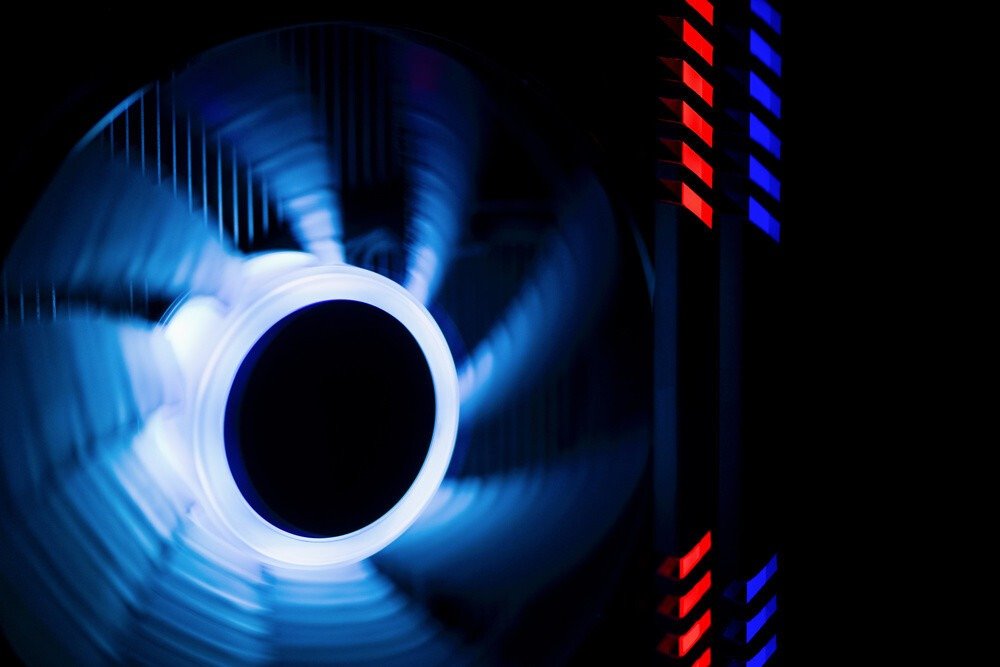
However, if you don’t use your computer for gaming, but just to watch movies or do office work, there is a small chance that your computer will be noisy. If you absolutely want to have a computer that does not make noise, we invite you to read ours silent box comparison.
Connection
The second is the connectivity available on your box, which allows you to connect your peripherals or smartphone to your computer using the USB ports. However, this factor may vary depending on the scope of your case. A high-end will have recent connectors such as USB Type-C and 3.0, while a mid-range will only have 3.0/2.0 and an entry-level only 2.0.
Assembling your box
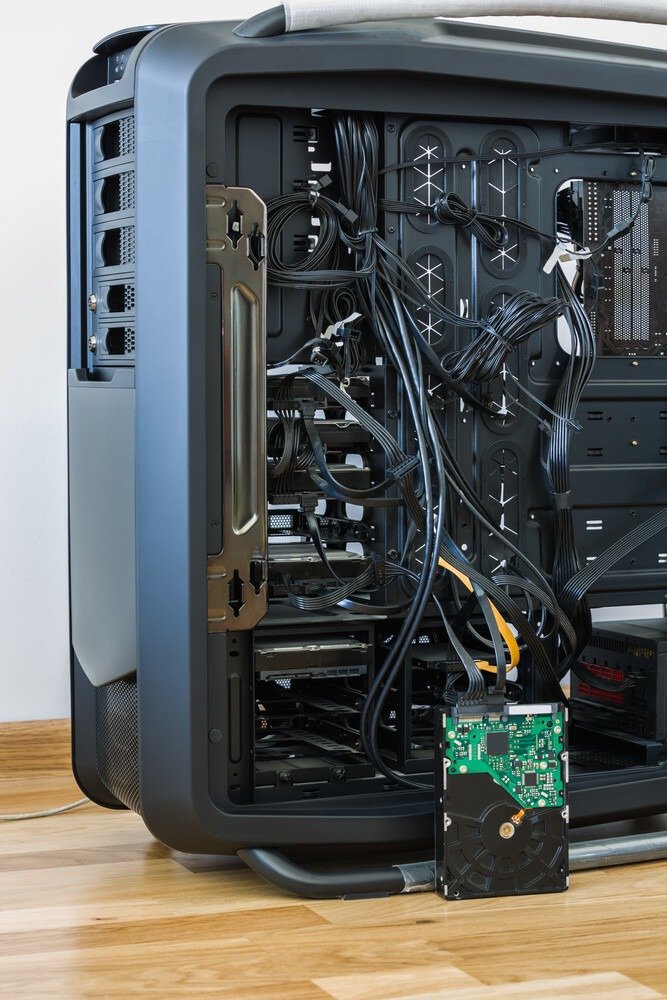
Finally, the third factor is the ease of assembly of your PC, because the smaller it is, the more difficult it will be to assemble because it will require better organization of the components upstream and during its execution. If you want a mini PC but don’t have much (if any) assembly experience, go for a Barebone or fully pre-assembled PC. If, on the other hand, you are not afraid of challenges, head to a mini-tower and build your computer from A to Z!
